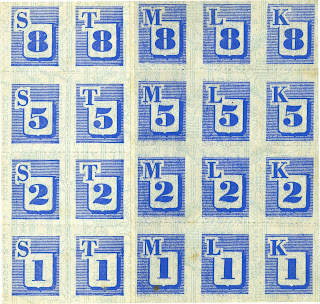 |
| This 1897 photograph of the David Miller family depicts life on a typical mountain farm. |
The land was inexpensive and the
climate was relatively mild. Many
settled in the fertile river valleys, while others ventured further into the
mountains.
Travel in the region was
difficult though. The first roads were
steep, rough, muddy and often impassable.
The area was isolated and for many decades economic and political
conditions were poor.
Families survived by being self-sufficient
and hard-working. They cleared small
areas for planting grains, vegetables and fruit. They
raised hogs, chickens and cattle. They hunted and fished and
gathered native plants to meet their needs.
From their harvests they produced what was needed, including medicine, moonshine, molasses and much more.
 |
| A mountain moonshine still set-up on Diamond Creek, ca. 1940. |
In addition to the personal needs, medicinal or otherwise, distilled alcohol provided much needed cash income. Jugs of liquor were easier to haul to market and to sell, plus it was more profitable then selling grain.
 |
| In the early 1960s the congregation at Oak Grove Methodist Church in Brevard raised can and made molasses to raise money for their new church, St. Timothy United Methodist. |
Folkways, the traditional
practice of a particular community were passed down from generation to
generation. While many of these have
disappeared over the years as it became easier to purchase goods and technology
advanced, others continued well into the 20th century and in various
forms survive today.
To learn more about North
Carolina folkways and folklore try one of John Parris’ books on mountain life
or North Carolina Folklore by Frank C. Brown.
Photographs and
information for this column are provided by the Rowell Bosse North Carolina
Room, Transylvania County Library. Visit
the NC Room during regular library hours (Monday-Friday) to learn more about
our history and see additional photographs.
For more information, comments or suggestions contact Marcy at marcy.thompson@transylvaniacounty.org or
828-884-3151 X242.

































